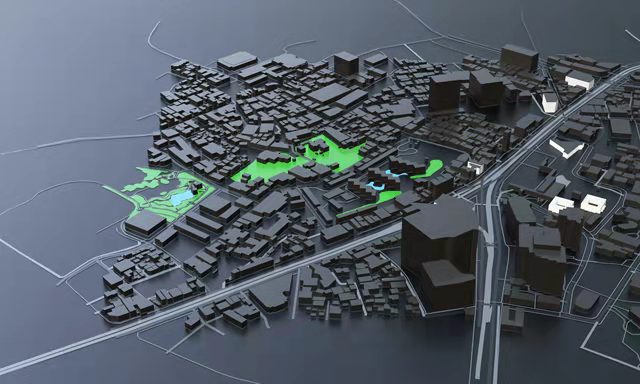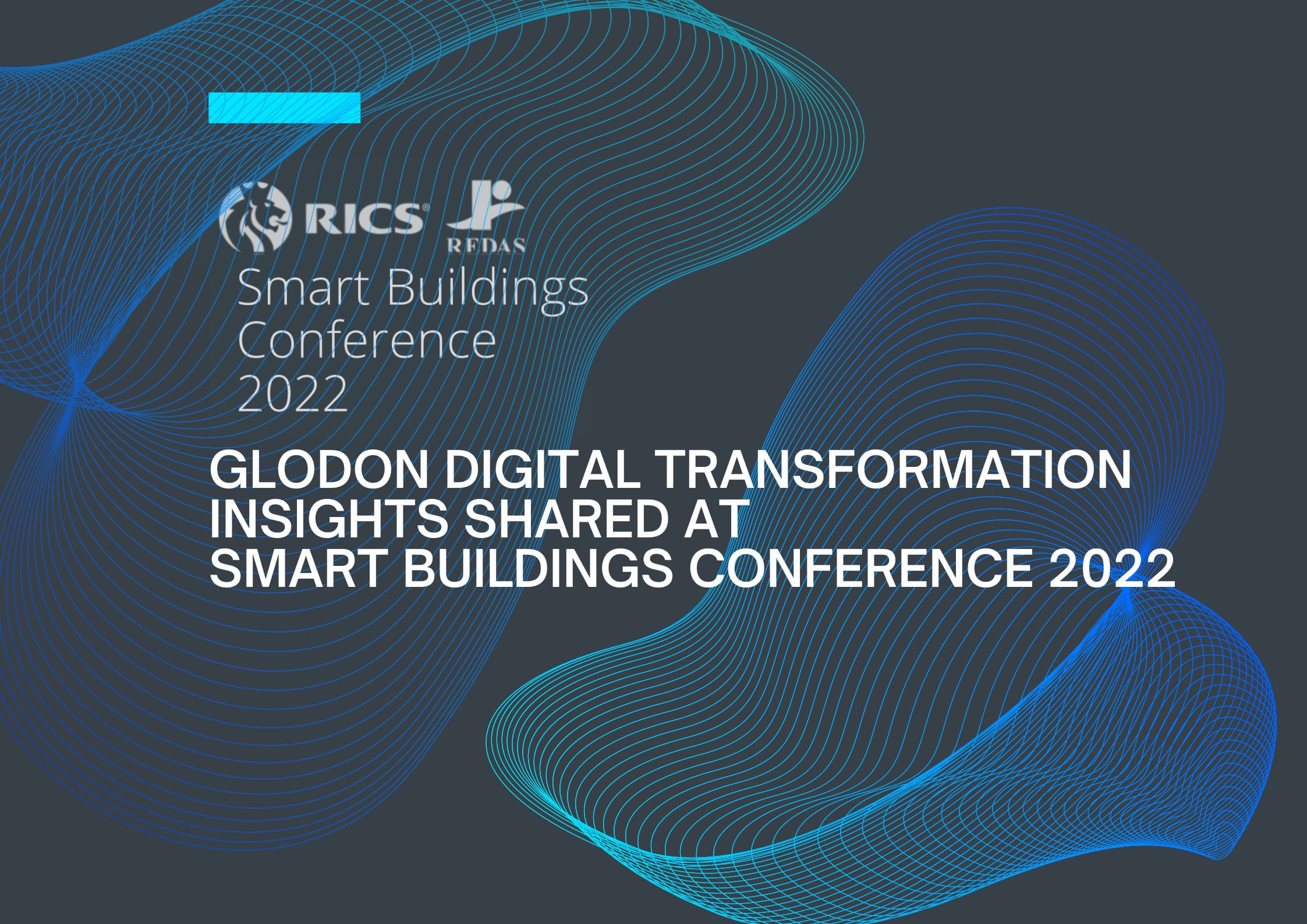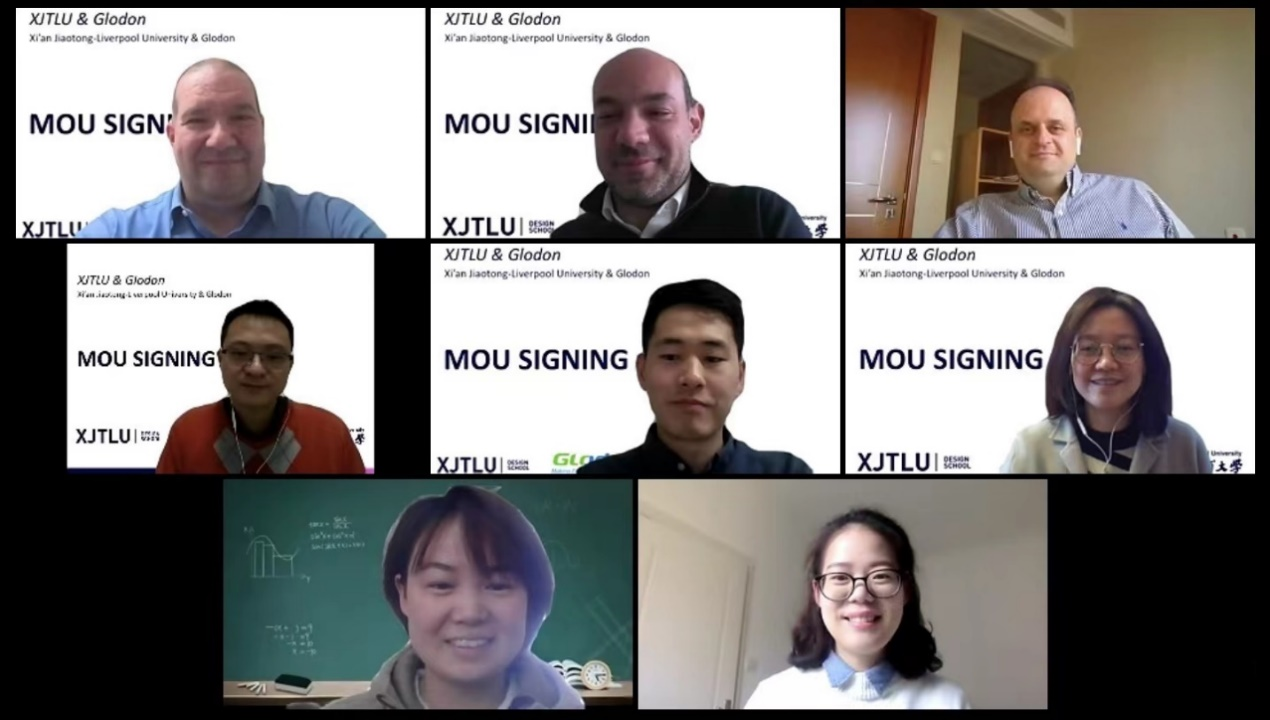Nov 29.2023
To AI or not to AI: Five trends in the adoption of AI in construction
Kay Pitman
World Built Environment Forum Manager, RICS
People and culture are the biggest
barriers to further AI adoption
‘Whenever we talk about data and technology, we come back to people’, says Andrew Knight, RICS Data and Tech Lead. Presenting the findings of the report ‘Role and importance of data and technology in quantity surveying and cost management practice’, published in partnership with Glodon, he explains: ‘looking at the two top barriers to adoption of data and technology, it’s about skills, availability, and retaining staff. It's also about resistance to change that change management issue.’ While respondents to the research highlighted the classic barriers including silos, lack of standards, cost and financial issues, and lack of data, it is interesting that this is just as much an issue around people in terms of skills, availability, retention and resistance to change, he notes.
James Garner FRICS, Senior Director at Gleeds / Global Head of Data, Insights & Analytics, is not surprised by the findings. ‘As the price point comes down, costs are less of a barrier, less of a concern. In my experience, it is the culture and the people side that can be tougher to change than the tech.’
AI is being adopted in an unstructured
way
James says AI is being built into many everyday tools for professionals: ‘A lot of people are probably utilising it without really knowing it. It's starting to be built into Excel now, we're going to have the rollout of Copilot within the next few months. In that organic way, it is being adopted without people realising it.’
Pierpaolo Franco is Vice President at Glodon. Artificial intelligence is not a standalone technology, he states, but a part of the digital toolbox that you have. These tools can support site management, in delivering discovery patterns in planning. For QSs, AI can support work streams around cash flow, cost scheduling and benchmarking.
‘I know of a US firm that's actually helping with HS2 in the UK using very deep artificial intelligence’, says Andrew. The firm uses AI is for scheduling both the pre-construction and construction phases, as well to look at the various permutations of plant machinery, team size and the order which you do things.
Further examples of software utilising AI include Nodes and Link, which use AI and help with scheduling and risk, explains James. NPlan is another example, who are now heavily invested in by Alphabet, Google's parent company. Established companies like Autodesk – through Autodesk 360 – are building in AI to their cost prediction and scheduling capabilities. A lot of companies are also doing in house, explains James: ‘At Gleeds we're using technology to create cost prediction algorithms to help our own surveyors.’
AI can improve site health and safety
With AI-powered tools and drones, a lot of information can be collected and used to make more informed decision about cost and health and safety in the project environment, explains Dr Lovelin Obi, Senior Lecturer and programme leader for Quantity Surveying at Northumbria University. ‘There’s also the visualisation aspect of it, particularly within the rules of a QS or project manager, visualisation is very important’, she says. James agrees: ‘If AI can save even just one life on a building site, then it's worth implementing, but I also think it can go a lot further with the use of camera footage around sites to identify unsafe conditions and activities’.
In China, AI adoption is much more advanced, states Pierpaolo. ‘We have several smart sites - smart technology or intelligent construction sites - where there is a combination of IoT, algorithms, big data, combined with sensors and cameras that can power risk alarms and can be used set access parameters for certain areas.’
Education, skills, and regulations need
to become more agile
James explains, ‘It's all well and good implementing it in one part of the industry, but really to make it work, it needs to go through the whole cycle and the whole supply chain. With building regulations and codes, even things like NRM - sometimes they will lag the technology. So how do we ensure that the codes and the regulations that we produce in industry are agile enough to keep up with this technology? Otherwise, it will become a barrier people will say, well, it doesn't comply with such and such code, therefore I won't use it.’
For James, data literacy is a core skill that professionals need to embrace to utilise the outputs of the data to make sound judgments on project delivery. Companies need to educate their people and apply policies around what’s acceptable and what’s not. A continuing challenge for companies is keeping these policies up to date with the rate of change in technology.
AI can support education. Pierpaolo says: ‘A construction education platform that we have built is being used by many universities. This runs on top of Chat GPT, which helps the students build their knowledge of the construction environment.’
There are sustainability costs and
benefits associated with AI use
AI-powered tools can enable us to understand the extent of carbon emissions generated within facilities, predict use over the next five years based on that operation, and help to identify how to minimise carbon emissions, explains Lovelin. ‘AI can also be used to optimise transportation routes, and to suggest alternative materials, and linking this to the circular economy, in terms of what can be reused, recycled, and recovered’, she explains. In the future, AI will be increasingly used to support predictive maintenance and automated disassembly, she says.
Generative design can be used in the early stages of a project to optimise designs for carbon, cost and value. ‘It is looking at creating new products, where we could have a QS working alongside designers - particularly during cost planning processes, feeding in information that supports feasibility’, says Lovelin.
‘The best place that you can help to bring down the carbon emissions is at the early stages of design’, agrees James. ‘In my experience, the decisions that you make at Rebus stage 0 or 1 are very hard to reverse once you get to stage 4. AI, through generative design, gives us the ability to do loads of simulations at an early stage, to make sure we're going down the right road. Imagine being able to go and speak to your client and give them all those options and present a recommendation to them for the best one.’
However, Andrew and James both caution over the sustainability impacts that computing can have. Andrew says, ‘I did see a statistic that said ‘compute’ - cloud and AI energy consumption - is going to be around 4% of emissions per year. That’s the size of the UK in terms of emissions - a country in its own right.’ James says ‘it requires a huge amount of computing power to train these AI models, a huge amount of electricity and energy consumption. You have this delicate balance, where AI is going to enable us to get far more positive implications down the line. If we can use it to optimise energy production, to improve predictive maintenance by use of sensors, and to look at things like demand forecasting for energy, then all of a sudden it starts offsetting that hit.’













